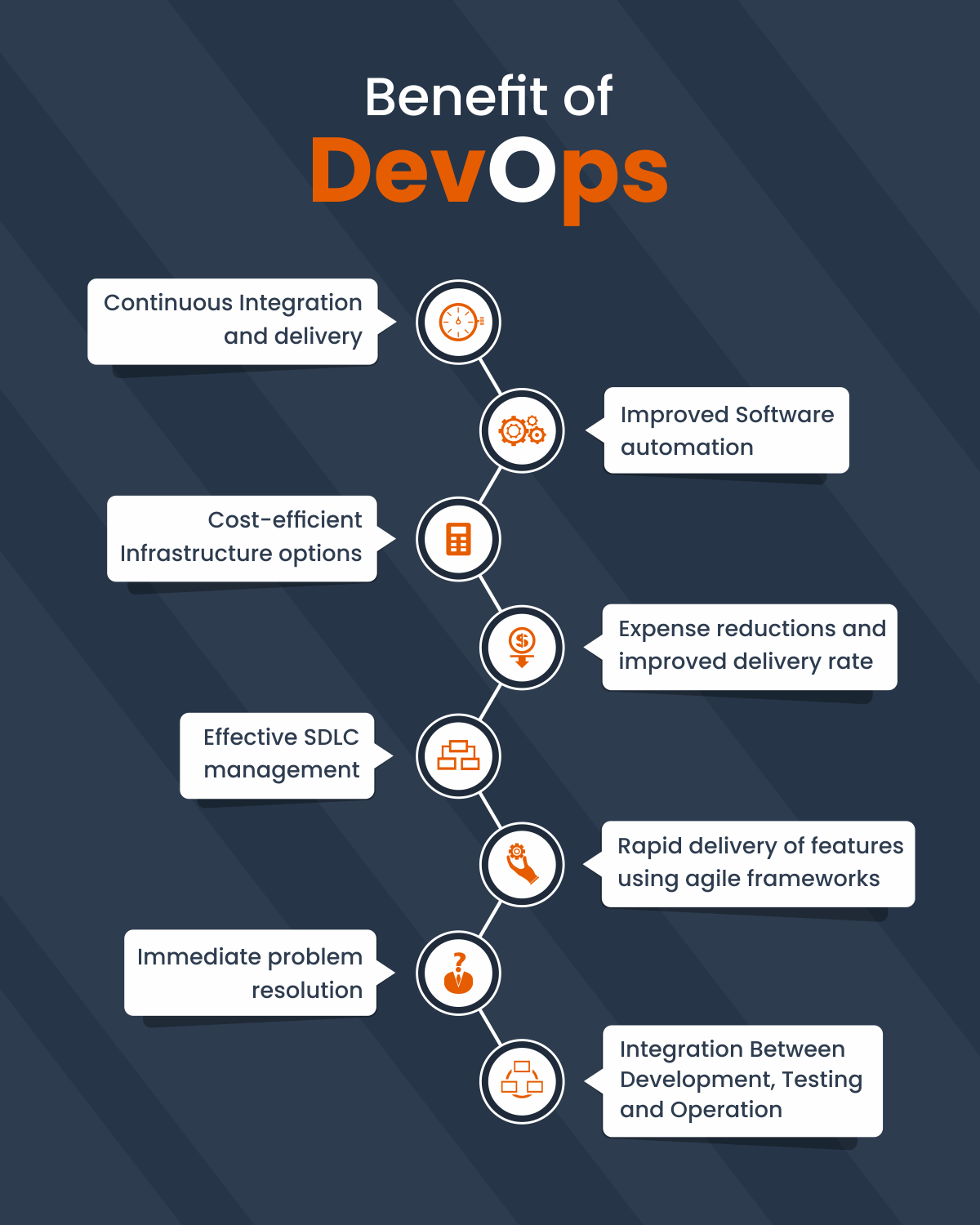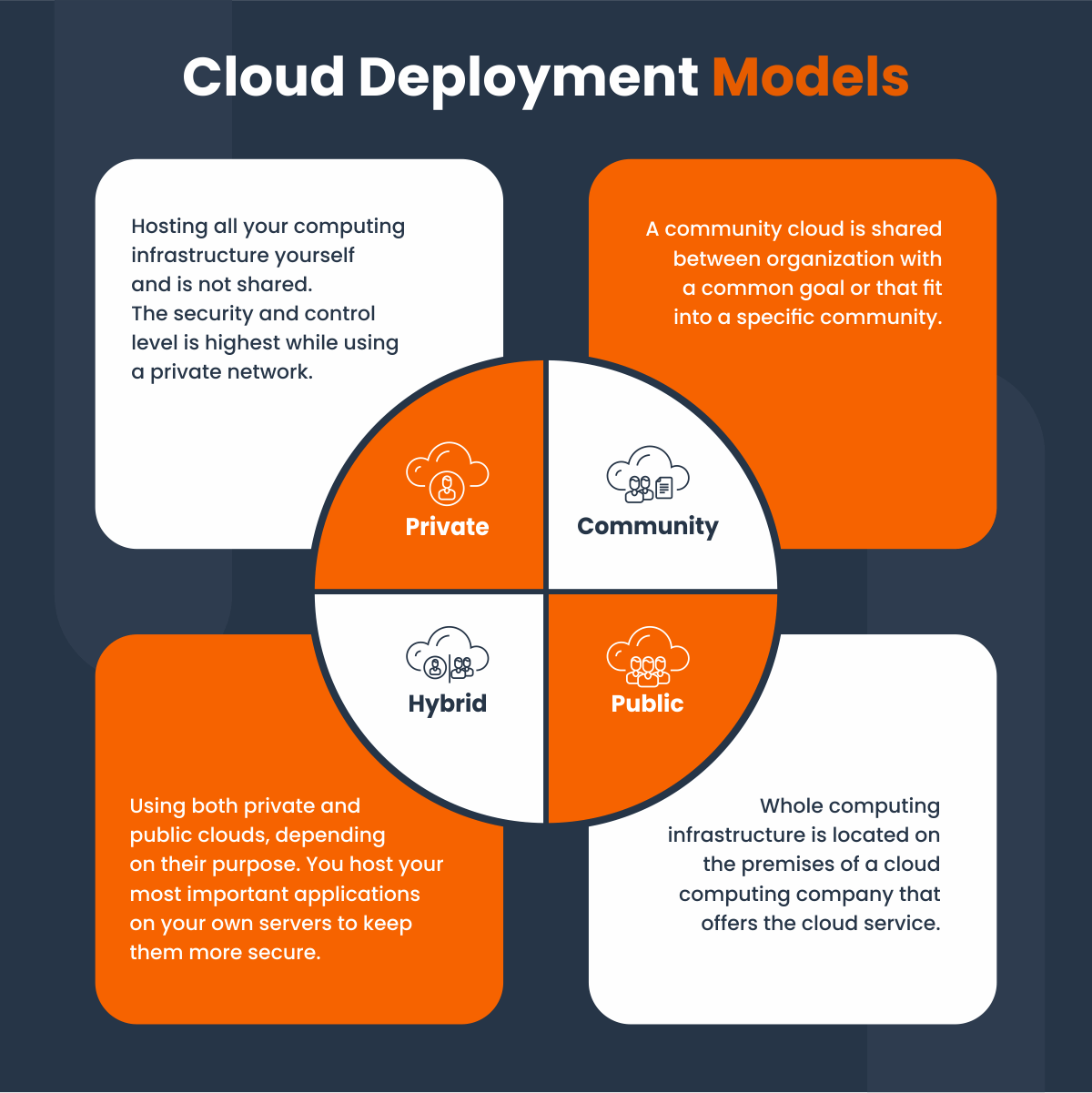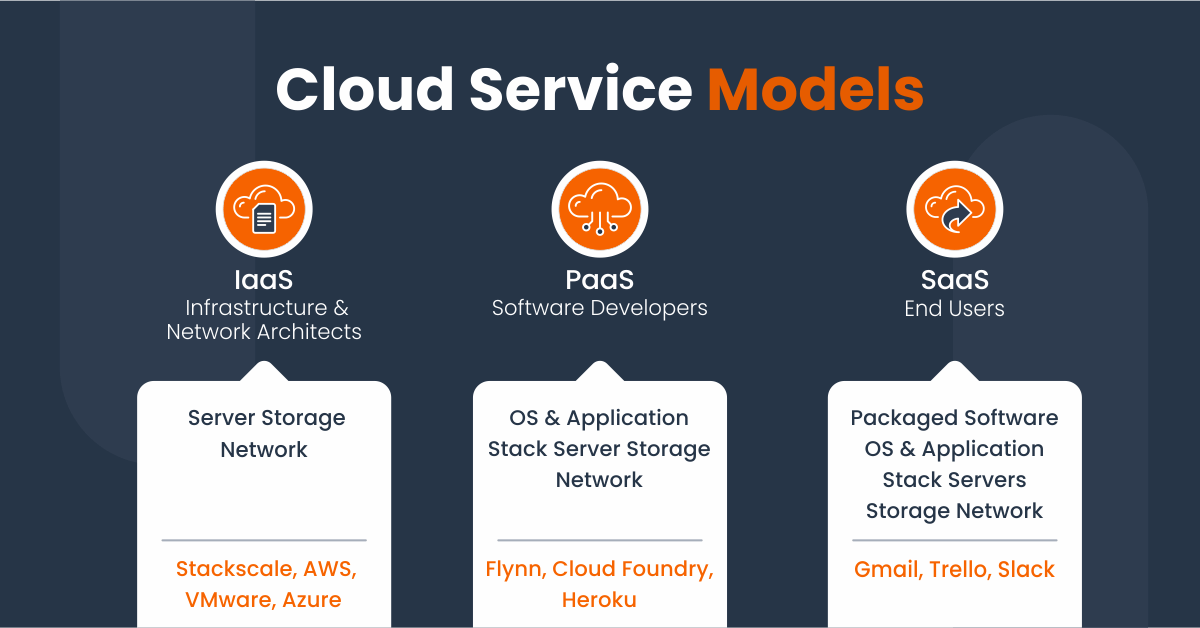Blog
The perfect combination of DevOps and Cloud Computing for delivering your services at high velocity
Today’s innovative software development teams search for better tools and techniques to build and deploy the best tools. The Cloud is a scalable and flexible path for their success as it offers new solutions for growth, security, and automation. Software companies prefer integrating DevOps into the Cloud, as they can easily compete in an ever-changing and complicated marketplace. Adopting and executing the best engineering practices makes cloud integration successful.
DevOps – An effective method to deliver applications and services at a rapid pace
Getting an idea about DevOps is important to understand its impact on cloud development. DevOps is a relatively new practice in the IT sector for developing and releasing software. The development engineer and the operations team of the IT department use this method for the rapid delivery of their applications and services. DevOps helps companies to create premium-quality software products efficiently and seamlessly. Empowering developers to respond to various business needs is the primary aim of DevOps. In fact, this method is a game-changer in the sphere of software development.
The main objective of DevOps is the coordination of the two important teams and their improvement in communication for better application development. The development and operations teams are not siloed under this method because they might be in other development situations. However, these two teams can work together as a single team. The development engineers work across the entire application lifecycle for development, deployment, and operations.
The Main Advantages of DevOps are:
- For better and constant integration and Continuous delivery
- The successful automation of application releases Infrastructure options for automation and improved Software quality enabled by automation
- Expense reductions and a rise in the delivery rate.
- Rapid delivery of features using agile frameworks
- From the start, security, monitoring, deployment testing, quicker service recovery and notification systems were included.
- Immediate problem resolution
- Greater Synergies Between Development, Testing and Operation
Cloud Computing – to simplify and speed up a development process
More and more IT companies started taking advantage of cloud computing because of its benefits. It delivers computing services over the internet, such as servers, storage, networking, software, analytics databases, and intelligence. It helps companies to lower their costs because they usually pay only for cloud services they use. Integrating cloud computing services help them to run their infrastructure more efficiently.
In cloud computing, companies can approach a cloud service provider and access what they require without owning their data centers or computing infrastructure. It can be anything from storage to applications. The best advantage of using this service is that it helps companies avoid the difficulty and upfront cost of owning and maintaining their own IT infrastructure. They need to pay only for the services they use if they opt for cloud computing.
Cloud computing can be divided into two categories: deployment models and service types. The Cloud can be classified as a public, private, or hybrid cloud depending on the deployment model. Depending on the service the cloud model provides, it can be categorized as infrastructure-as-a-service (IaaS), platform-as-a-service (PaaS), or software-as-a-service (SaaS).
When it comes to deployment, cloud computing may be divided into four categories:
- Public
- Private
- Hybrid
- Community cloud
If we evaluate the services that cloud computing offers, we can divide them into three categories.
- Infrastructure-as-a-Service (IaaS)
- Platform-as-a-Service (PaaS)
- Software-as-a-Service (SaaS)













